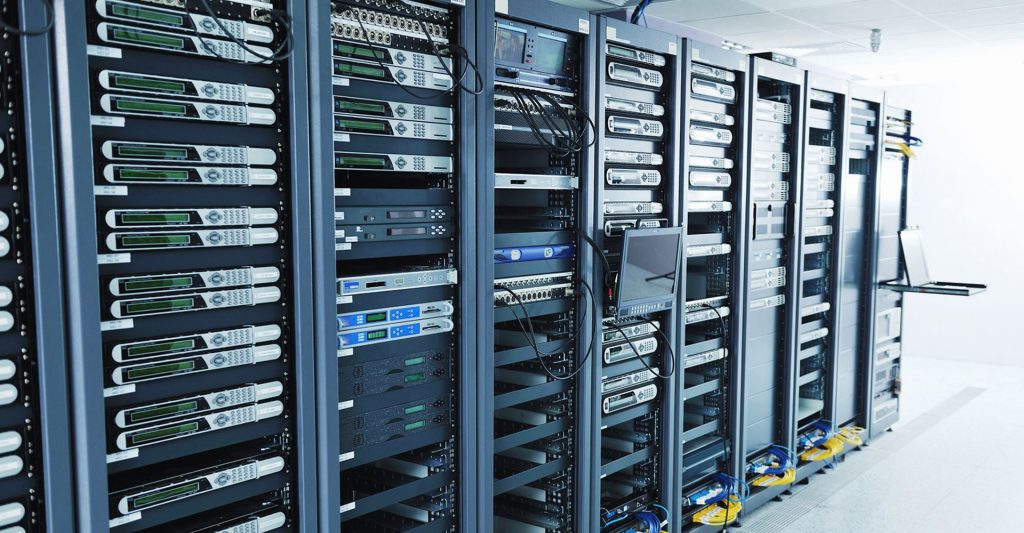
With the development of network technologies, there was a need for separate hardware equipment that would be responsible for the distribution of tasks between computers, data storage, and other service tasks. It is the network maintenance that is the main purpose of the server, which can be either a regular computer, but with increased hardware characteristics (powerful processor, more RAM, and storage), and specialized server equipment.
Another important point is that the server should work completely automatically. A person participates only in the installation and configuration process, but in the future, such equipment continues to work independently. But this is only in ideal conditions, but in fact, many companies contain several or one system administrators. In this case, no separate peripherals are required to interact with the server – for this, there is a network interface through which all operations are performed.
Since server hardware supports the operation of the entire network and is important for maintaining the continuity of the workflow of an office or enterprise, all its components must be reliable and high-performance. Therefore, large manufacturers of computer equipment are launching a separate series of processors, hard drives, motherboards, RAM, etc., intended for use in servers. So, there is a whole line of powerful Intel Xeon processors. There are also entire companies specializing in the production of only specialized server hardware, such as the American Supermicro.
Some manufacturers are already releasing full-fledged, assembled servers, which, by their design, are divided into two types: floor and river. The first ones in appearance resemble ordinary system blocks, only larger, and they are often used in small or medium-sized businesses. Such a server has several connectors for connecting hard drives, as well as a powerful cooling system. Rake servers, to which the popular HP Proliant server series also belongs, are designed to be combined into so-called “cabinets”, and they are used mainly in large enterprises, TV and radio companies, in large offices. A server rack can accommodate 20 or more individual servers, and the racks themselves can be accumulated indefinitely – as long as there is enough space and money for electricity.
There are also file servers or NAS storage, the main task of which, as the name implies, is to store and provide access to data for a large number of users. If employees in the office often use the same files, transferring them between separate computers becomes inconvenient and time-consuming. In this case, a data warehouse, a file server is installed, which is displayed on the network as a separate disk.

